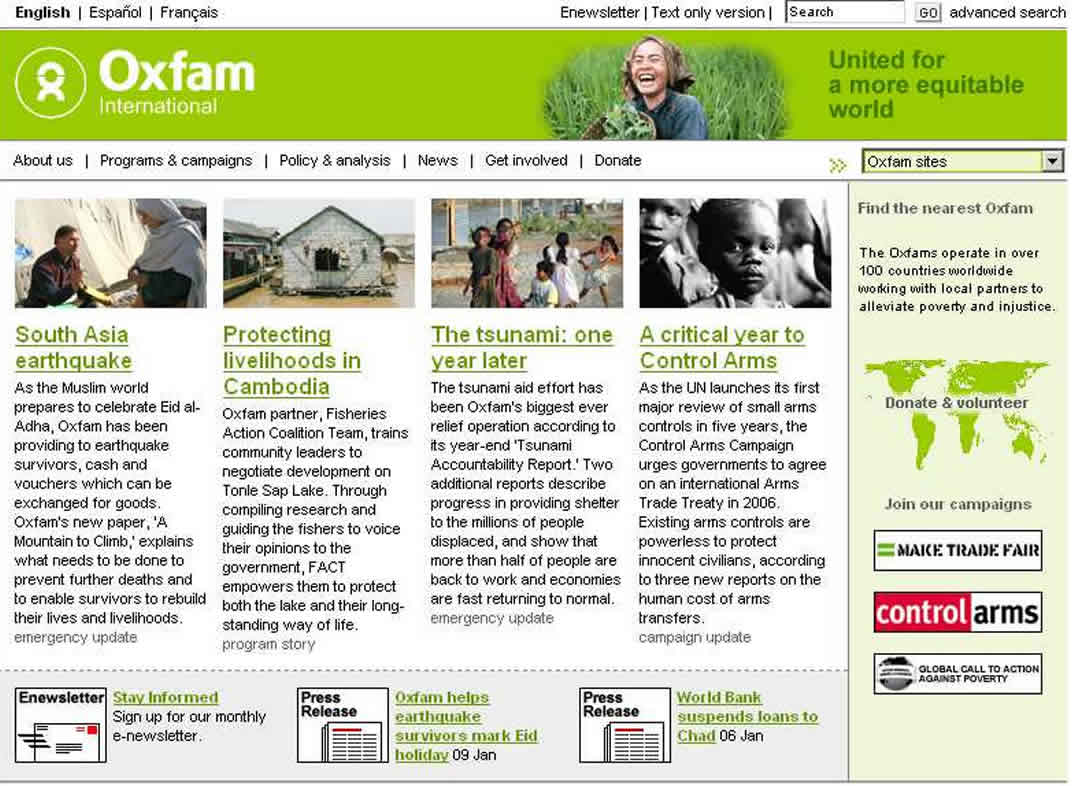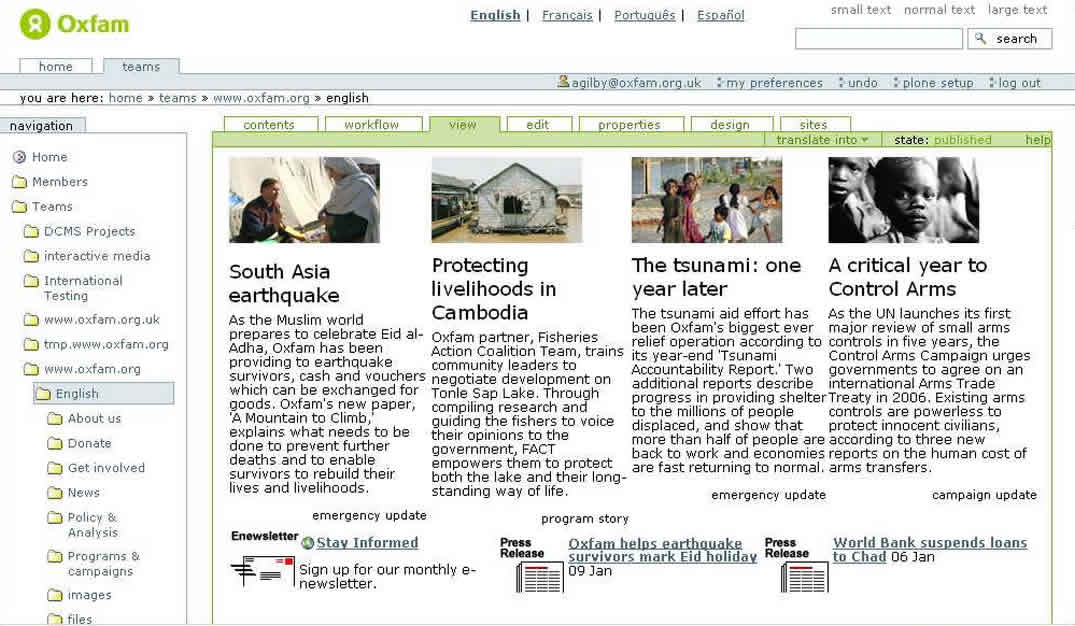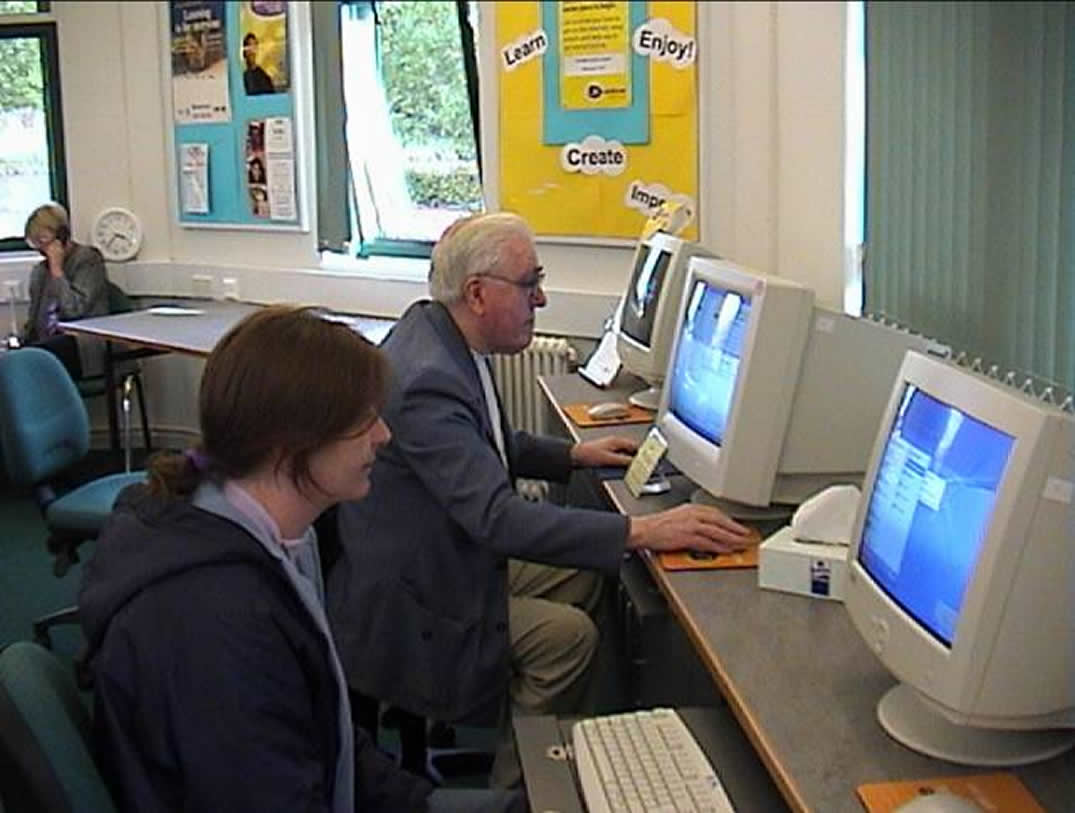In the beginning, the web was simple. You used Mosaic to browse it. You used a text editor to construct pages on it in a language called HTML. If you weren’t a techie, you probably didn’t even know it existed. Then people realised that even non-techies had useful information (“content”) to share. So the Content Management System (CMS) was born.
What is a CMS?
At its heart, the web is a tool for sharing information. To make it possible to display that information (or “content”) on a variety of different machines, people devised a language (HTML) that told the machines how to display it. From the machine’s perspective, this was great: it helped separate information from mere formatting. From the perspective of someone who wanted to share information, it wasn’t so great: they now needed to learn HTML in order to publish their content.
CMSs were developed to resolve this dilemma. A CMS helps you create and store content in a shared repository. It then manages the relationships between content items for you (e.g. keeping track of where they fit into the site hierarchy). Finally, it ensures that each content item is connected to the right style sheet when it comes to be published. Some CMSs also provide facilities to track the status of content items through editorial processes and workflows.
By using a CMS, content editors and the organisations they work for get a number of benefits. For example, they can:
- Create and publish content in a standard format without needing to know HTML or other languages;
- Co-ordinate the work of teams of authors and editors (e.g. by ensuring that only one person is editing any individual content item at any one time);
- Control the branding and quality of content (e.g. by ensuring that the correct style sheets are applied, and that changes to the content are approved before they are published);
- Reuse the same content item in multiple different sites and formats.
A CMS can make it easier to create and publish content, to co-ordinate teams of authors and editors, to control branding, and to reuse content across multiple channels
Case Study—Oxfam
Oxfam is an international confederation of organisations that are working to find lasting solutions to poverty, suffering and injustice. Its websites, built on the Plone content management system, help build public understanding of poverty and its causes. By using Plone, people across Oxfam can collaborate and create engaging content without getting caught up in technical details.
Being free software, Plone was particularly relevant to Oxfam. Hugh Wallace, Oxfam’s Head of Interactive Media, notes:
“As Oxfam works in over 70 countries around the world, we were looking for a system that would enable us to share information across the organisation and beyond. Plone was the right choice and we’re very pleased to have the opportunity to work with the free software community. Investing in free software is win-win for Oxfam as we meet our needs but also know that the technology developed will be of benefit beyond Oxfam, particularly among other Non-Government Organisations.”


How have Content Management Systems evolved?
Until about 1996, most people managed websites by editing HTML files and uploading them to their web servers. As well as creating a barrier for non-technical users, this made it hard for organisations to build consistent messaging into their websites. As companies rushed to get onto the web, this was a problem—they wanted to get their content out quickly, but at the same time they were scared of losing control.
Early CMSs were developed to address this problem. A number of large, expensive systems were very successful because they allowed a small group of knowledgeable people to take control of an organisation’s content. CMS vendors thrived during 1996-1999 as the dotcom boom created large demand for their products, and they developed some highly sophisticated tools.
By 2000, the dotcom boom was cooling and the CMS scene cooled with it. During 2000-2003 the first wave of major vendors consolidated and the pace of development slowed. However, during this period a number of new vendors recognised that many organisations didn’t need a highly sophisticated tool—they needed a “good enough” tool at a lower price. A second wave of CMS vendors started to deliver these tools.
During this second wave, free software content management came into its own. The web thrives on openness and collaboration, and many very capable CMSs were developed to work within this spirit. There is now a thriving marketplace of free software CMSs. Some of these provide basic, easy to use functionality for individuals and small organisations. Some of them provide advanced functionality for more complex organisations.
Case Study—Lynne Azpeitia
For consultant and psychotherapist Lynne Azpeitia, working with talented and creative people means engaging with them at multiple levels. “It’s hard to get people’s attention these days. I need a way to connect to them and work with them so the message can get through. I’m constantly trying to create new ways of putting things together so that people can learn about themselves and develop themselves.” Audio, video, wikis, pictures, articles, teleclasses—they all need to be in the mix.
Lynne doesn’t pretend to be a technical guru. So she’s working with technology change artist Nynke Fokma to rebuild her site on the Joomla free software CMS. Once the site is ready, Lynne will be able to create, manage and update the multi-channel, multi-formatted content herself.
They’ve chosen Joomla for its ease of use. The visual administration interface works for Lynne, and means she’ll be able to manage the site without needing to know any coding. And for Nynke, the system is “freakishly flexible”—easy to make changes, easy to add functionality, easy to transfer content from the existing site. Just the thing for working on the edge of creative chaos.
Why are free software CMSs important?
The dotcom boom focused a lot of attention on the proprietary vendors. It also gave them the investment to rapidly develop their systems. However, many aspects of content management are well suited to free software. In particular:
- The web thrives on openness and collaboration. This is well matched to the free software model: free software systems are developed collaboratively, so their developers have a vested interest in getting it right. This means that free software CMSs may be particularly apt for supporting collaborative content creation and sharing on community-driven websites.
- CMSs help technical people do their jobs. Developers need to document their systems. They need to collaborate with each other on projects. They are often called on to maintain websites. Good content management tools help them do all these things, so they have an incentive to develop and improve these tools. Many developers are happy to share the tools they’ve developed, especially if this means they can benefit from other people’s tools. This is the basis of many free software projects.
- Many small and cost conscious organisations need to manage content. Websites are no longer the domain of large and well-funded organisations. There are a large number of organisations, and individuals, who find the low initial licence costs of free software very attractive.
- There is no dominant incumbent vendor for web CMSs. Even the first wave of vendors is relatively young, and none dominates the market in the same way that a small number of vendors do in other areas (e.g. for ERP or CRM systems). Thus many organisations see free software CMSs as no more risky than proprietary ones.
The web thrives on openness and collaboration, which is well matched to the free software model. There is a natural synergy between free software and web systems
What are the major free software CMSs?
There are a lot of them! Bob Doyle of CM Pros, a community of content management professionals, identified almost 2000 proprietary and free software CMSs as of September 2005. Wikipedia lists about 150 of these as being free software. This list probably isn’t exhaustive, but it illustrates the size of the field.
These CMSs divide into two broad categories. Simple systems allow individuals or small organisations to create content and upload it easily to the web. More sophisticated systems are more complex to install and administer, but allow better coordination of large teams of content editors who are working across multiple websites.
Here’s my personal run down of some of the major free software CMSs. It certainly isn’t comprehensive, but it may give you a feel for what people are talking about:
- PHP-nuke is the parent of a family of simple CMSs, widely used for news and community sites.
- Mambo/Joomla is another simple CMS, favoured by many people for its ease of use. (Joomla is derived from Mambo.)
- OpenCMS is a more sophisticated CMS built in the Java programming language, and hence often favoured by organisations that need to integrate other Java applications with their website.
- Apache Lenya is another sophisticated Java-based CMS, maintained by the Apache Software Foundation.
- Plone provides very sophisticated tools for managing content and collaboration. It is built in the Python language.
- Alfresco is a relatively new CMS. It focuses on providing features suitable for large organisations.
Note: A CMS is a Content Management System, not to be confused with a time management system
Case Study—Eastserve
When the citizens of East Manchester in the UK want to access local information and services online, they turn to their own portal. Eastserve provides a wide range of facilities. People can find out about local council services. They can pay taxes. They can even report crime. But the heart of the portal is a series of bulletin boards and community pages where they can discuss local issues, find out about community and voluntary groups, and connect to other people in the community.
Eastserve runs on the OpenCMS free software content management system. The CMS lets employees, volunteers and local residents work together to manage the site. Delegating tasks to people in the community makes the portal cost effective and, more importantly, means that content is always relevant and up to date. As Clicks and Links, the local service provider who implemented the portal, says “OpenCMS helped us meet all the government requirements regarding security, interoperability, accessibility and so on, while focusing on what really mattered: engaging with community groups and getting them involved in content contribution”.

How do I choose a free software CMS?
Given so many choices, how do you go about choosing a CMS for your site or organisation? Here are some things to think about:
- Who is the audience for your site? What information will you be sharing with them? Simple information-delivery sites need different tools to those supporting extensive collaboration. Likewise, if you have multiple sites for different audiences, you need a more advanced tool.
- How many people will be managing the site? If you’re the only person maintaining the site, then you don’t need advanced workflows and coordination mechanisms. Larger teams may want these things.
- What sort of interaction style are people in your organisation used to? If people are used to formal processes and controls, then they will accept highly structured workflows. In a less formal organisation, a CMS that tries to impose these may be a disaster.
- Do you need to integrate your website with other applications? If you need to integrate with inventory systems, for example, then you need to consider the interfaces that the CMS supports.
- What skills do you have to support the CMS? Any CMS will need to be hosted somewhere. Things like backups need to be done. Choose a CMS that matches the technical skills you or your partners already have.
- Is there an active community? Free software systems thrive when there is an active community developing them and answering each others’ questions. Don’t choose a CMS unless you’re comfortable with the community supporting it.
Notice that this list starts with people and content. In selecting a CMS, don’t start with technology. Focus on the audience you’re speaking to and the information you’re sharing. Then find a tool that helps you do this.
In selecting a CMS, don’t start with the technology. Focus on the audience you’re speaking to and the information you’re sharing. Then find a tool that helps you do this
Case Study—Atlantic Media Company
Journalists succeed through their skills in researching and writing, not in technology. So newspaper groups such as the Atlantic Media Company rely on content management systems to let journalists publish stories rapidly and with minimal overhead.
Atlantic Media Company uses Apache Lenya to manage the content of its journal The Telecom Act—Insider Update. Apache Lenya allows journalists to enter articles into the system using an easy to use editor. They can then review their stories exactly as they will appear on the site prior to approving them for publication. All of which means that the journalists can get on with writing, not tweaking technology.
Atlantic Media Company and their technology partner Wyona chose Apache Lenya because of its strong support for standards such as Java and XML, and for the strength of the Apache community behind it. It’s proven to be a stable, scaleable and easy to customise system, so they plan to migrate more publications onto it in the coming months.
Where are free software CMSs going?
We’re now firmly into the third wave of CMSs. Free software CMSs are taking this wave in two directions.
Firstly, personal content creation and collaboration is coming to the fore, via tools like blogs and wikis. Many of these tools were developed initially as standalone free software applications. Then as their early glitches were worked out, they got incorporated into larger CMSs. This is going to keep happening, so free software CMSs will continue to develop new capabilities for personal content management.
Secondly, more sophisticated free software CMSs are developing capabilities for managing other types of corporate information. Organisations are increasingly struggling to manage the wealth of documents, financial and legal records, emails, and other information that people are creating. The tools provided by a CMS—shared repositories, clear relationships between documents, structured workflows and collaboration—are ideal for managing this information. Free software CMSs are beginning to adapt their tools for this challenge.
From their birthplace in corporate websites, free software CMSs are moving both to the heart of the corporation to provide enterprise information management, and outside the firewall to provide the core of personal content management for “Web 2.0”.